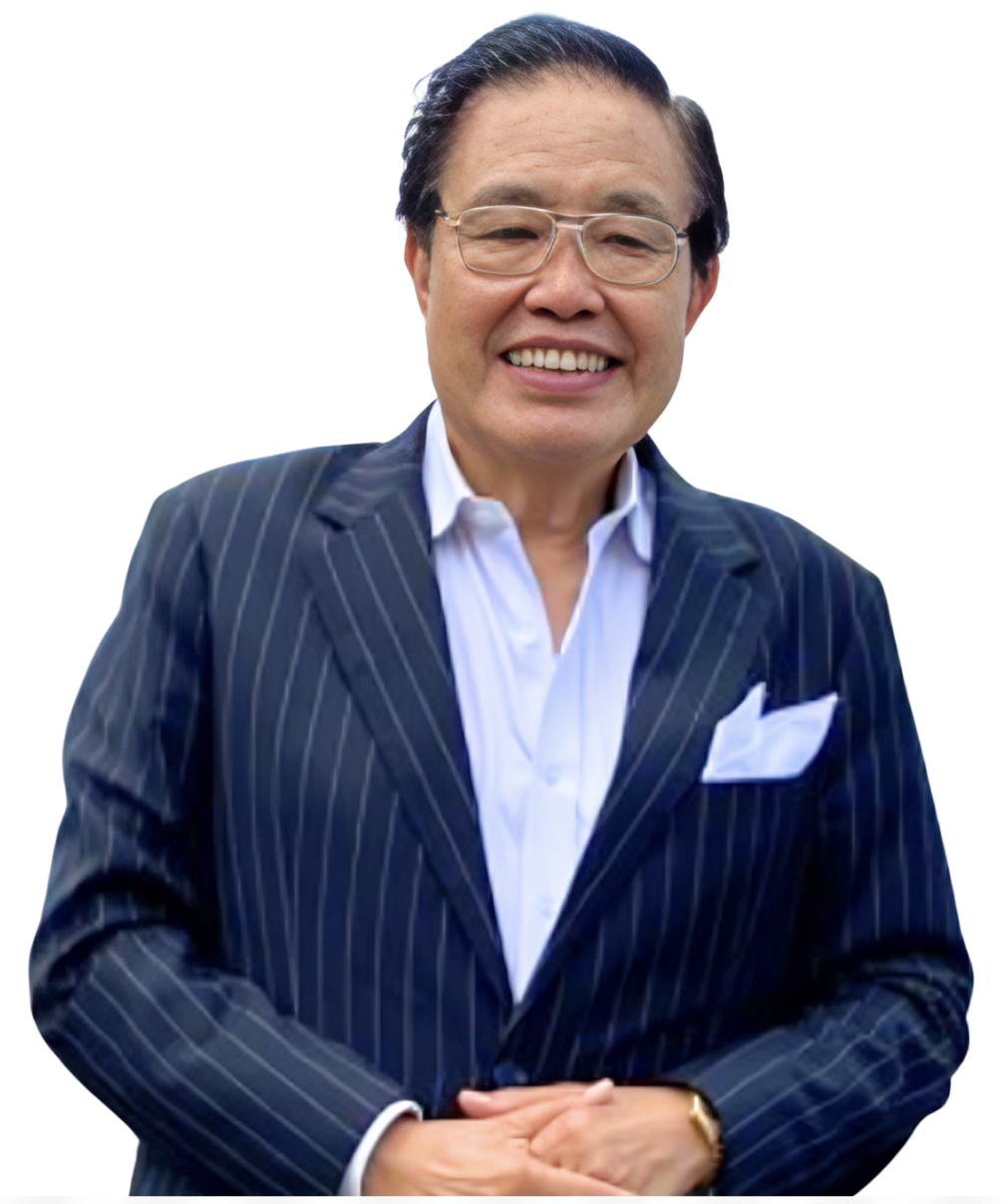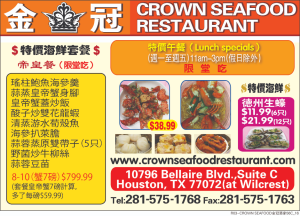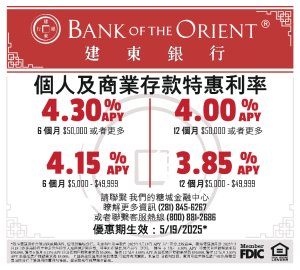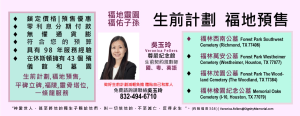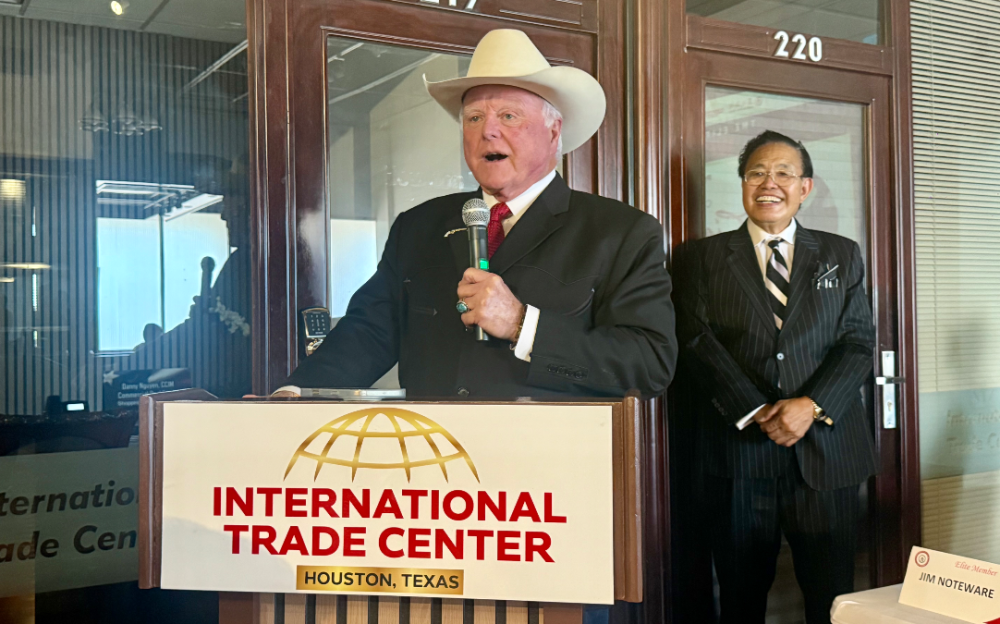我们期望中美关係回暖
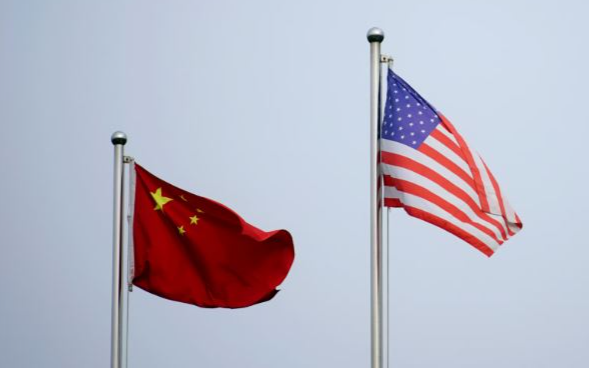
Trump’s Attempts To Mend Ties With Mainland China
From Confrontation To Communication — Is A U.S.-China Reset Underway?
Since returning to the White House in early 2025, President Donald Trump has launched a series of unexpected diplomatic moves, chief among them a strategic shift in his approach toward mainland China. Once known for igniting a fierce trade war and leading a technological decoupling effort, Trump is now extending a long overdue olive branch — signaling a desire to restart dialogue and stabilize bilateral ties. This pivot reveals a new calculation shaped by shifting global dynamics and domestic economic pressures.
Leadership Dialogue: A Sign of Thawing Relations
On June 5, 2025, Trump held a 90-minute phone call with Chinese President Xi Jinping — their first direct communication since Trump’s return to office. The conversation centered on trade and economic cooperation, with both leaders agreeing to build upon temporary understandings reached during the Geneva consultations. A potential exchange of high-level visits was also floated, marking a cautious, but notable shift, from “strategic hostility” to “rational engagement.”
Trade Truce: From Tariff Firepower to Practical Flexibility
Trump’s first term was marked by high-stakes tariff battles with China that disrupted global supply chains and soured bilateral trust. But in 2025, his trade strategy appears more calibrated. In April, Trump introduced the so-called “Liberation Day” tariffs, imposing a 10% baseline duty on imports from over 60 countries. Yet in contrast, the U.S. and China reached a temporary agreement to ease their mutual tariffs, initiating a 90-day trade ceasefire.
China reciprocated with policy adjustments on rare earth exports and green energy materials, sending a clear signal of its willingness to deescalate. These mutual concessions suggest a shared recognition that confrontation must give way — at least temporarily — to pragmatism.
Diplomatic Gestures: Trump Signals Willingness to Visit China
In media interviews, Trump declared he would “certainly” consider visiting China to meet with Xi in person — an unexpected message from a president once known for his hawkish tone on Beijing. Though the idea has sparked internal debate within the White House, Trump’s personal willingness to engage directly with China at the highest level reflects a calculated diplomatic openness.
Strategic Realignment: The “Reverse Nixon” Doctrine?
Some analysts describe Trump’s evolving foreign policy as a “Reverse Nixon” strategy — recalling how Richard Nixon once engaged China to counterbalance the Soviet Union. Today, Trump appears to be doing the opposite: exploring détente with Russia to strategically pressure China. As the Ukraine war drags on and tensions rise with NATO, Trump may be recalibrating America’s great power playbook with U.S.-China relations playing a central role in that realignment.
Conclusion: A Test of Will and Wisdom
Trump’s attempt to improve relations with China is not driven by goodwill alone, but by the reality of economic interdependence and shifting global power structures. As the U.S. grapples with inflation, geopolitical fatigue, and internal division, Trump seems to be testing whether Washington and Beijing can coexist in a framework of “competitive coexistence” rather than perpetual hostility.
Still, the road to reconciliation is far from smooth. Deep-seated tensions remain over tech restrictions, Taiwan, human rights, and military posturing. Whether Trump’s overtures will bear tangible results remains uncertain — and largely depends on how China responds to this recalibrated American stance.
In this complex contest of strength and statesmanship, the future of U.S.-China relations continues to unfold in the seemingly perpetual fog — waiting, perhaps, for the first light of a new dawn.


